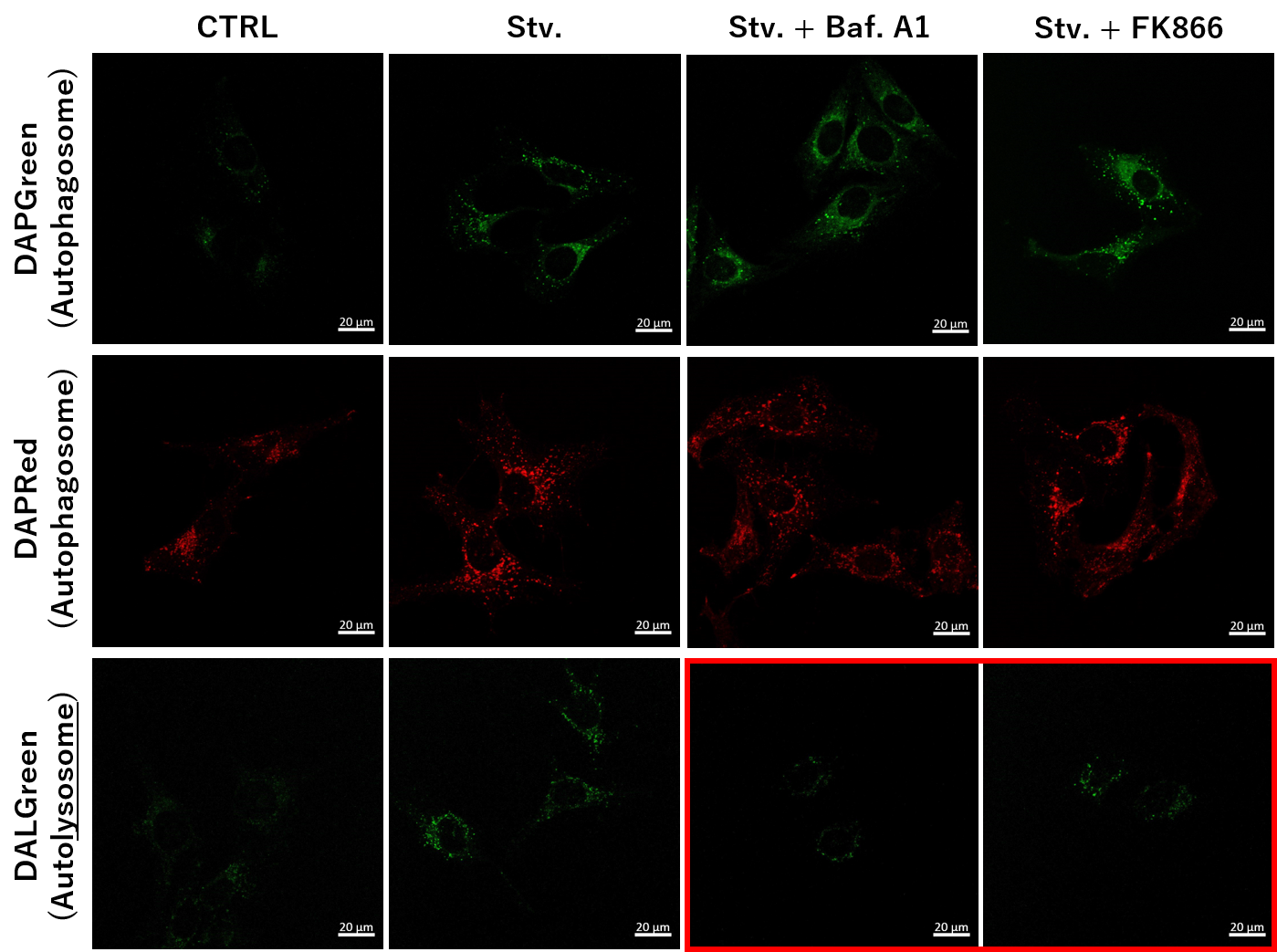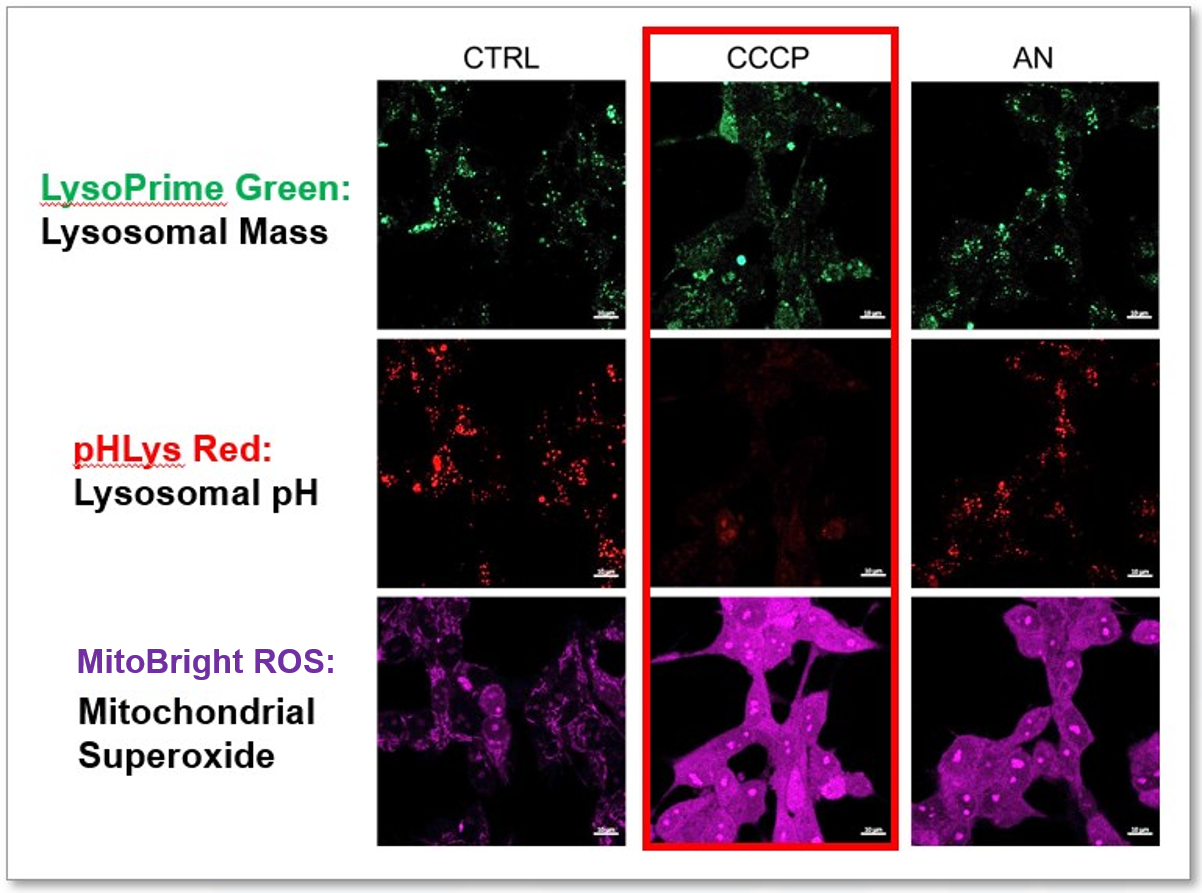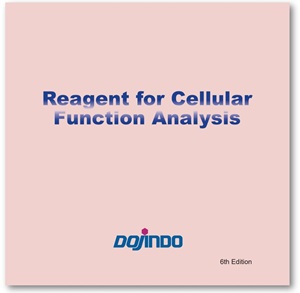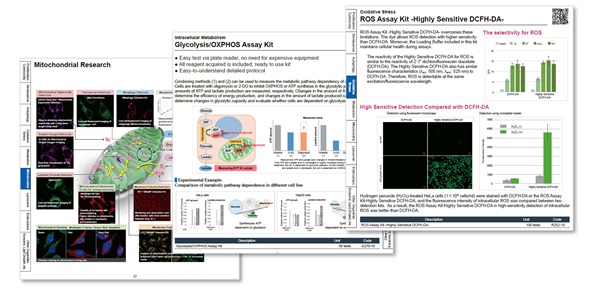Previous Science Note
| Autophagy and glycolysis are fundamental to maintaining cellular energy homeostasis, yet their imbalance can lead to dysfunction and disease. Recent studies reveal how impaired autophagy disrupts glucose metabolism and how excessive glycolytic flux can suppress autophagy.This Science Note introduces new insights into the dynamic crosstalk between these pathways and its impact on cellular homeostasis. | ||||||||||||||||||||||||
|
Autophagy regulator ATG5 preserves cerebellar function by safeguarding its glycolytic activity (Nature Metabolism, 2025) Highlighted technique: To assess changes in glucose uptake in autophagy-deficient Purkinje cells, the authors used cerebellar organotypic slice cultures from mice and evaluated glucose uptake capacity by fluorescent microscopy using a fluorescent analog of glucose. Related technique Autophagic Flux Assay, Highly Sensitive Fluorescent Glucose Analog |
||||||||||||||||||||||||
|
Weak neuronal glycolysis sustains cognition and organismal fitness (Nature Metabolism, 2024) Highlighted technique: In this study, a mouse model was generated by overexpressing PFKFB3, a glycolysis-promoting enzyme that is normally degraded in neurons, to investigate the importance of weak neuronal glycolysis. Tissues and cells derived from these mice were used to examine NAD⁺ levels, mitochondrial activity, and autophagy. Related technique NAD/NADH Assay, Glycolysis/OXPHOS Assay, Mitochondrial ROS Detection |
||||||||||||||||||||||||
|
Autophagy counters inflammation-driven glycolytic impairment in aging hematopoietic stem cells (Cell Stem Cell, 2024) Highlighted technique: In this study, HSCs were isolated from aged mice subjected to a fasting/refeeding regimen and transplanted into recipient mice to assess their regenerative capacity. FCM was used to detect donor-specific markers and quantify the expansion of donor-derived cells, allowing evaluation of the functional restoration of HSCs by the fasting/refeeding treatment. Related technique Autophagic Flux Assay, Extracellular OCR Assay, Glucose Uptake Assay |
||||||||||||||||||||||||
| Application Note I > NAD+ Depletion and Autophagy-Lysosomal Pathway Response
|
||||||||||||||||||||||||
| Application Note II > Simultaneous Detection of Lysosomal and Mitochondrial Dysfunction
|
||||||||||||||||||||||||
Related Techniques
|
||||||||||||||||||||||||




















